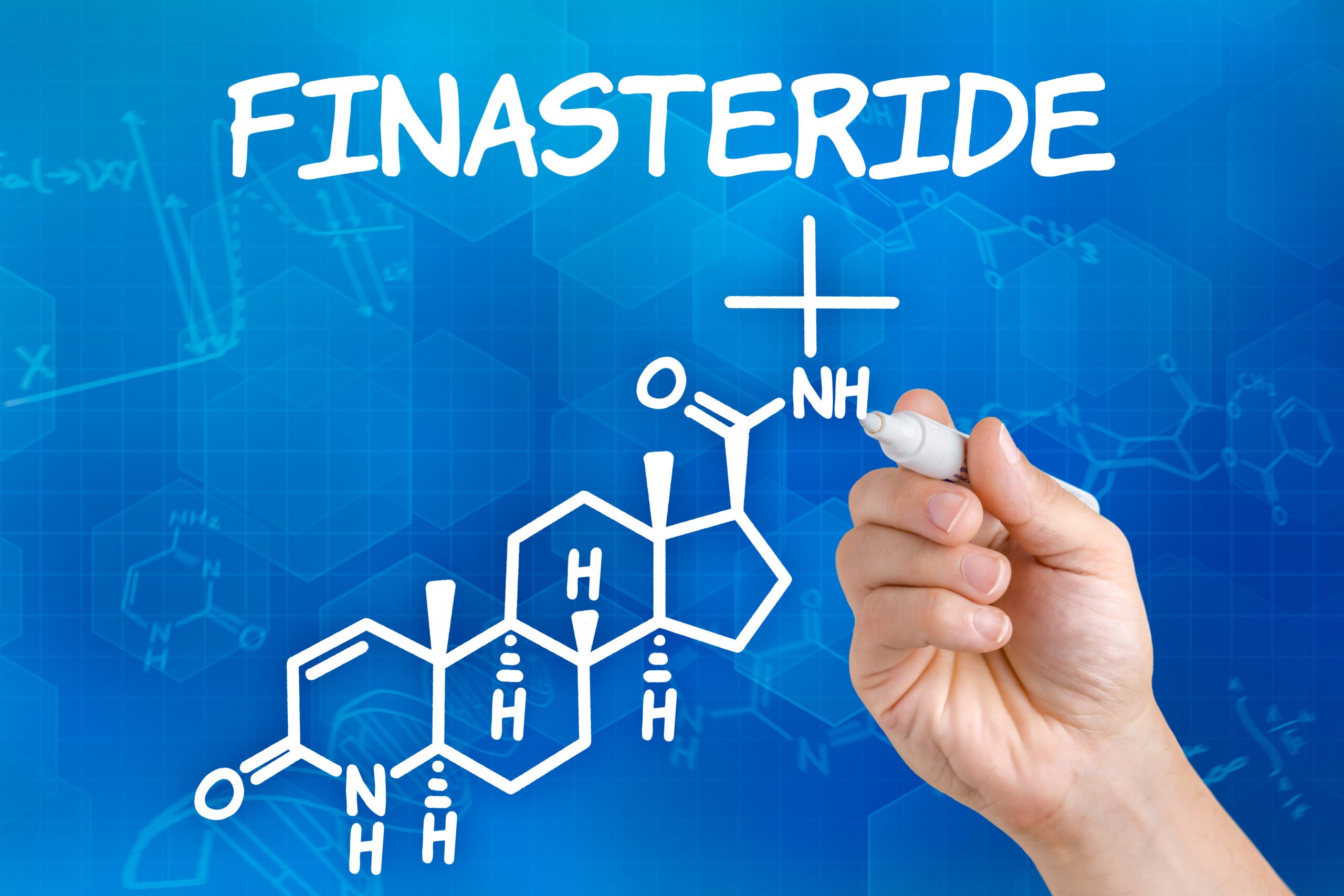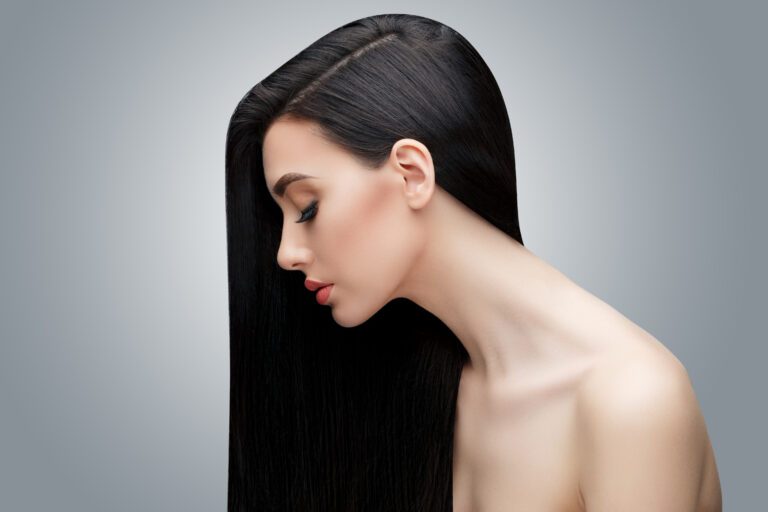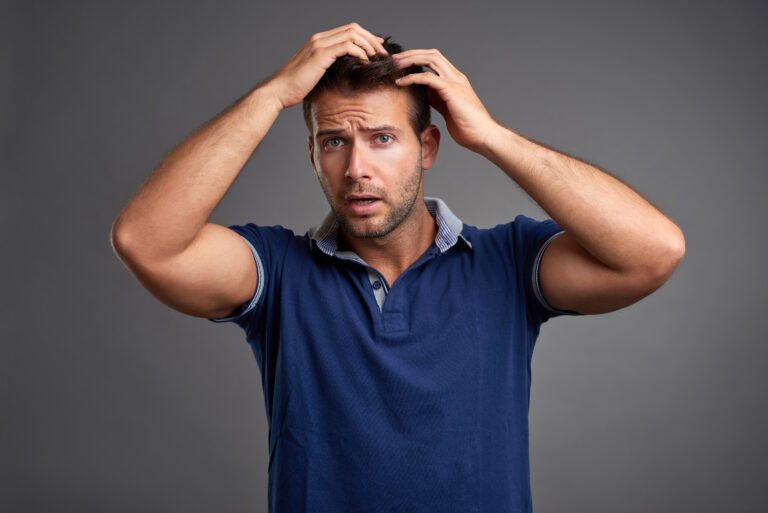Topical Finasteride Vs. Oral: Which Is Right For You?
When thinking about male pattern baldness treatments, finasteride pops into your mind. While the former has been available as tablets for decades, recently, topical options for this drug have started to emerge in the market.
This begs the question: topical vs. oral finasteride: which is right for you?
Continue reading this article to learn about the differences and similarities between topical and oral finasteride. We’ll also list the pros and cons of the former drug. So, stick around!
What Is Finasteride?
Finasteride, commercially sold as Propecia or Proscar, is a medication belonging to the 5-alpha reductase inhibitor drug class. This drug is available in two concentrations: 5 mg and 1 mg. The latter is used to treat male pattern baldness (androgenetic alopecia).
As for the large dose, it’s a medication for treating prostate enlargement (benign prostatic hyperplasia).
How Does Finasteride Work?
Before explaining how finasteride helps treat male pattern baldness and enlarged prostates, let’s first discuss the root cause of both problems, which is dihydrotestosterone (DHT).
What Is DHT?
For those who don’t know, DHT is a male sex hormone that’s pivotal for the development of male characteristics during the fetal stage and puberty. However, DHT doesn’t have a significant role in maintaining male physiology in adulthood.
Naturally, adult males convert 10% of testosterone, the prime male sex hormone, into DHT daily.
The former process takes place primarily in the prostate and is facilitated by an enzyme known as 5-alpha reductase.
Any percentage higher than that leads to increased levels of DHT in the body. Consequently, it increases the chances of developing health conditions such as an enlarged prostate, male pattern baldness, and prostate cancer.
How Does Finasteride Stop Male Pattern Baldness?
Finasteride helps you keep DHT levels in check. It does so by inhibiting the 5-alpha reductase enzyme’s action. As a result, it lowers DHT concentration in the body, preventing the hormone’s hair miniaturization and follicular damage actions.
What Are the Available Forms of Finasteride?
Currently, finasteride is available in two forms: oral tablets and topical solutions. Here’s a brief explanation of each drug form:
Oral Finasteride
Oral finasteride is the most common form of this medication used to treat male pattern baldness, and it’s easy to use too! Simply swallow one finasteride pill daily at the same time or according to the doctor’s prescription.
Topical Finasteride
As the name implies, topical finasteride comes in a spray solution, cream, or gel form to apply directly to the treated area. When applying the liquid drug to the scalp, it blocks DHT’s action on hair follicles, preventing hair loss.
While that sounds pleasant, it’s worth mentioning that topical finasteride isn’t FDA-approved. Still, the former medication showed promising results in clinical studies.
Research shows that applying 0.25% finasteride spray solution daily for 24 weeks showed significant improvement in the target area’s hair count.
What Are the Pros and Cons of Finasteride?
Here are the pros and cons of using finasteride:
Pros
Finasteride has shown great effectiveness in treating androgenetic alopecia. Approximately 90% of men using Propecia experience hair loss improvement. What’s more, around 64% of men taking finasteride medication benefit from hair regrowth!
You can expect those results within at least three months of starting this medication. However, it usually takes 6-12 months to see significant results.
When it comes to an enlarged prostate, finasteride can help ease some symptoms, such as difficulty urinating and urine retention. It also might help reduce the chances of prostate surgery.
The best part is that finasteride is safe for men aged 18 or older. So you can tackle the hair loss issue at an early age!
Cons
Like any drug, finasteride has some side effects. Some of those are more common than others, and they vary in severity.
Here are the potential side effects of finasteride:
Common Symptoms
Decreased sexual drive and erectile dysfunction are among the common side effects of finasteride. However, the former symptoms happen during the first couple of treatments and fade away after a while.
Aside from sexual dysfunction side effects, Propecia might decrease fertility in men since the drug reaches other organs in the body.
Consequently, patients with a history of low sperm count and infertility should avoid taking finasteride. That’s especially true if you’re trying for a baby, as it takes a couple of weeks for the medication to wear off.
The only problem is that your hair will begin to fall once you stop taking finasteride. That’s because Propecia is a lifetime treatment; once it’s no longer in the body, DHT’s level increases.
Less Common Symptoms
Seek medical attention immediately if you experience any of the following symptoms:
- Bloating or swelling in the face, lips, and extremities
- Changes in the breast size
- Breast lumps or pain
- Nipple discharge
- Hives, welts, itching, and skin rash
- Tingling
Topical Finasteride vs. Oral: What Are the Differences and Similarities?
Both topical and oral finasteride are 5-alpha reductase inhibitors. So, they have the same mode of action and physiological effects inside the body.
However, studies show that topical and oral finasteride vary slightly in their effectiveness. Additionally, topical finasteride might be a better alternative to prevent the systemic side effects of the oral drug.
That makes sense since topical finasteride is applied to the scalp only. On the other hand, finasteride pills undergo metabolism and enter the bloodstream, reaching different body tissues.
As for its effectiveness, finasteride spray solution reduces DHT concentration in the blood by around 34.5%. Compared to the 55.6% of oral finasteride, the former is slightly less effective than the tablets.
Plus, liquid Propecia doesn’t improve hair diameter during regrowth, unlike oral finasteride.
However, since the former doesn’t significantly affect DHT’s concentration in blood, it likely won’t cause the same sexual dysfunction issues as oral finasteride.
Does Topical Finasteride Have Any Side Effects?
While topical finasteride can be less harmful than oral finasteride, it might still cause potential side effects. That’s especially true for women.
Generally, Propecia isn’t recommended for treating hair loss in women or children. That’s because exposure to the former increases the risk of fetal abnormalities in pregnant women. During the first 8-12 weeks, finasteride can cause defects in the genitalia of male fetuses.
Additionally, this hair loss medication increases the chances of preterm labor. The former is when the uterus contracts to deliver the baby at 20 weeks of pregnancy, causing a miscarriage.
For that reason, pregnant women should avoid touching finasteride, whether liquid or tablet, to prevent the above health problems.
Topical Finasteride vs. Oral: Which One Is Right for You?
Whether you’re considering topical or oral finasteride, you need to be at least 18 years to use this drug.
Topical finasteride is suitable for those who want to avoid the chances of systemic side effects. However, it might be slightly less effective than tablets. You also want to consider that the FDA still hasn’t approved liquid finasteride.
Oral finasteride, on the other hand, might be convenient for those who find taking a pill easier and don’t like applying a solution to their scalp.
Either way, finasteride is a prescription drug. So, it’s best to consult with your healthcare provider to determine the best option for you.
Other Common Topical Treatments for Hair Loss
Aside from finasteride, minoxidil is a popular topical hair loss treatment. Commercially, minoxidil is available under the name Regiane. The former is effective in preventing further hair loss and improving hair regrowth.
When you apply minoxidil to your hair, a scalp enzyme transforms it into minoxidil sulfate. The former is the active form of the drug. It acts as an epidermal growth factor, prolonging the anagen, or hair growth, phase. Additionally, it increases the hair’s length and diameter.
Research suggests that combination therapy using minoxidil with oral finasteride provides significant hair regrowth results. However, more research is needed to support the effectiveness of using topical finasteride with minoxidil.
Wrapping Up
When comparing topical vs. oral finasteride, the former might be a tempting option to use.
After all, liquid finasteride provides similar hair regrowth results to oral tablets without those unpleasant systemic side effects. Additionally, it’s a more convenient option for those who find it hard to swallow pills.
Having said that, topical finasteride isn’t FDA-approved yet. So, it’s best to consult your doctor to decide the best treatment option for your needs.







